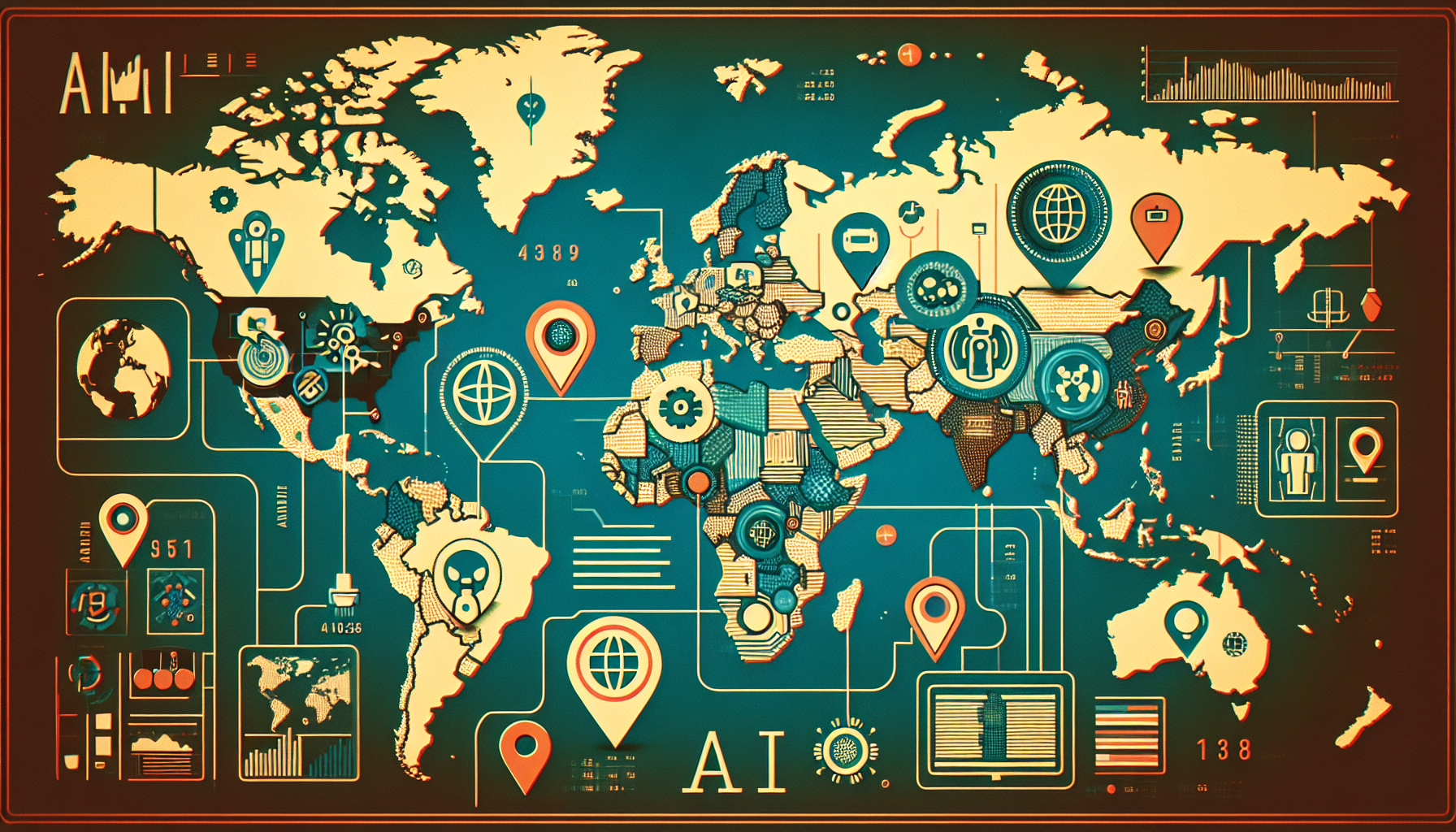Across the globe, governments are dedicating extraordinary resources to the advancement of artificial intelligence (AI) and robotics. These efforts are not just about chasing new technology—they are about shaping the future, driving economic growth, and securing a nation’s place in a rapidly changing world. The following looks at how some of the most powerful countries are leading this crucial journey.
The United States: Setting the Pace for AI
The United States has launched “Winning the Race: America’s AI Action Plan,” a sweeping strategy focused on moving American AI forward faster than ever before. The plan serves as a guide for both today and the years ahead, putting forth more than ninety actions the federal government will take. These include:
- Encouraging investment in AI research to keep America at the forefront
- Modernizing the country’s digital infrastructure to handle advanced AI systems
- Making it easier for both government and private businesses to test and use AI technologies, using special “regulatory sandboxes”
- Favoring open-source AI tools that the public can freely use and build upon
The heart of this effort is collaboration—bringing together government, businesses, and researchers to build systems that are innovative, safe, and trustworthy. The U.S. approach leans toward minimal regulation, aiming to let new ideas flourish while still keeping people safe.
China: Investing in the Technology of Tomorrow
China’s ambitions in AI and robotics are bold and clear. The central government established a massive, state-owned investment fund focused on robotics, AI, and related critical technologies. This fund aims to raise an astonishing $138 billion by 2045, fueling research and development on an unprecedented scale.
China’s regional governments also play a key role. Cities like Beijing and Shenzhen are investing heavily, offering significant incentives for local businesses. In some cases, companies can receive subsidies that cover up to sixty percent of their total costs related to AI and robotics development. These actions send a strong signal: China is determined to be a world leader in these fields.
The United Kingdom: Building on Research and Innovation
The United Kingdom has recognized the vital importance of robotics and artificial intelligence to its future. Through its Industrial Strategy, the government has committed £93 million to research and development in robotics. This support is designed to encourage breakthroughs and nurture a strong base of knowledge, so that the UK remains competitive and innovative.
Australia: Supporting Growth and Small Businesses
Australia’s approach is built around helping its technology industries thrive. The national Industry Growth Program provides generous research and development tax credits and targeted grants. These are especially aimed at small and mid-sized companies working in areas the government sees as critical for the country’s future—including robotics and AI. Grants can reach up to five million dollars for approved projects, offering real support for the next generation of innovators.
Key Strategies in Government Action
These national strategies are built on three main pillars:
- Financial Support: From large government funds to practical grants and subsidies, money is being invested where it can have the biggest impact.
- Flexible Regulations: By creating special testing environments and favoring lighter regulation, governments are allowing new technologies to develop responsibly without unnecessary barriers.
- Partnerships: Public and private sectors are working more closely together, combining resources, expertise, and technology to accelerate progress.
Looking Ahead
The world’s biggest economies are placing their bets on AI and robotics, seeing them not just as tools, but as engines that will drive progress for generations. These massive investments and careful strategies are likely to pay off with faster innovation, new discoveries, and economic strength.
However, there are important questions still to answer—about how to regulate these powerful technologies and how to ensure they are used ethically. Even so, what is clear is the shared determination to make AI and robotics a force for good, shaping a future that reflects the best of what humanity can achieve.

Leave a Reply